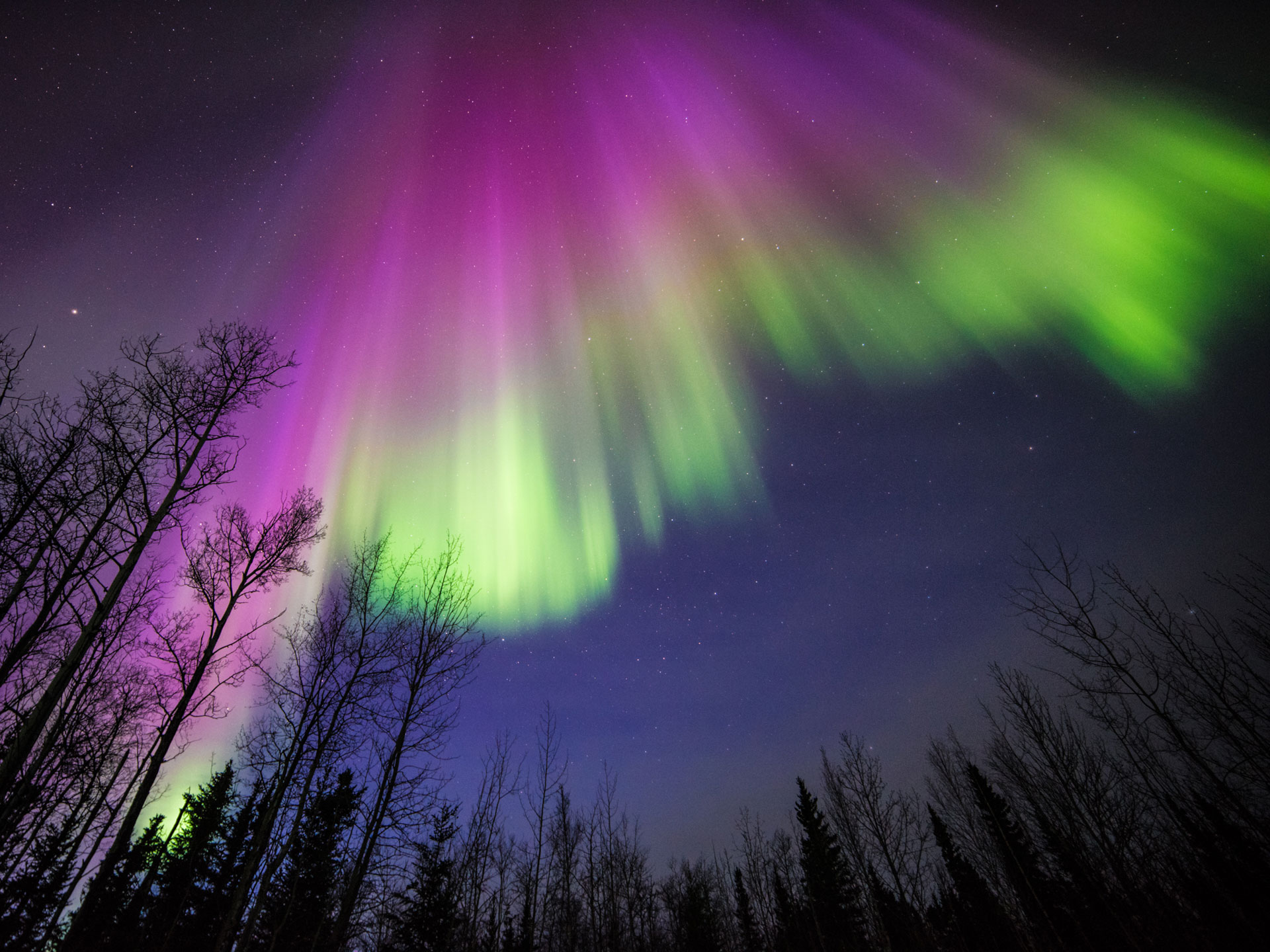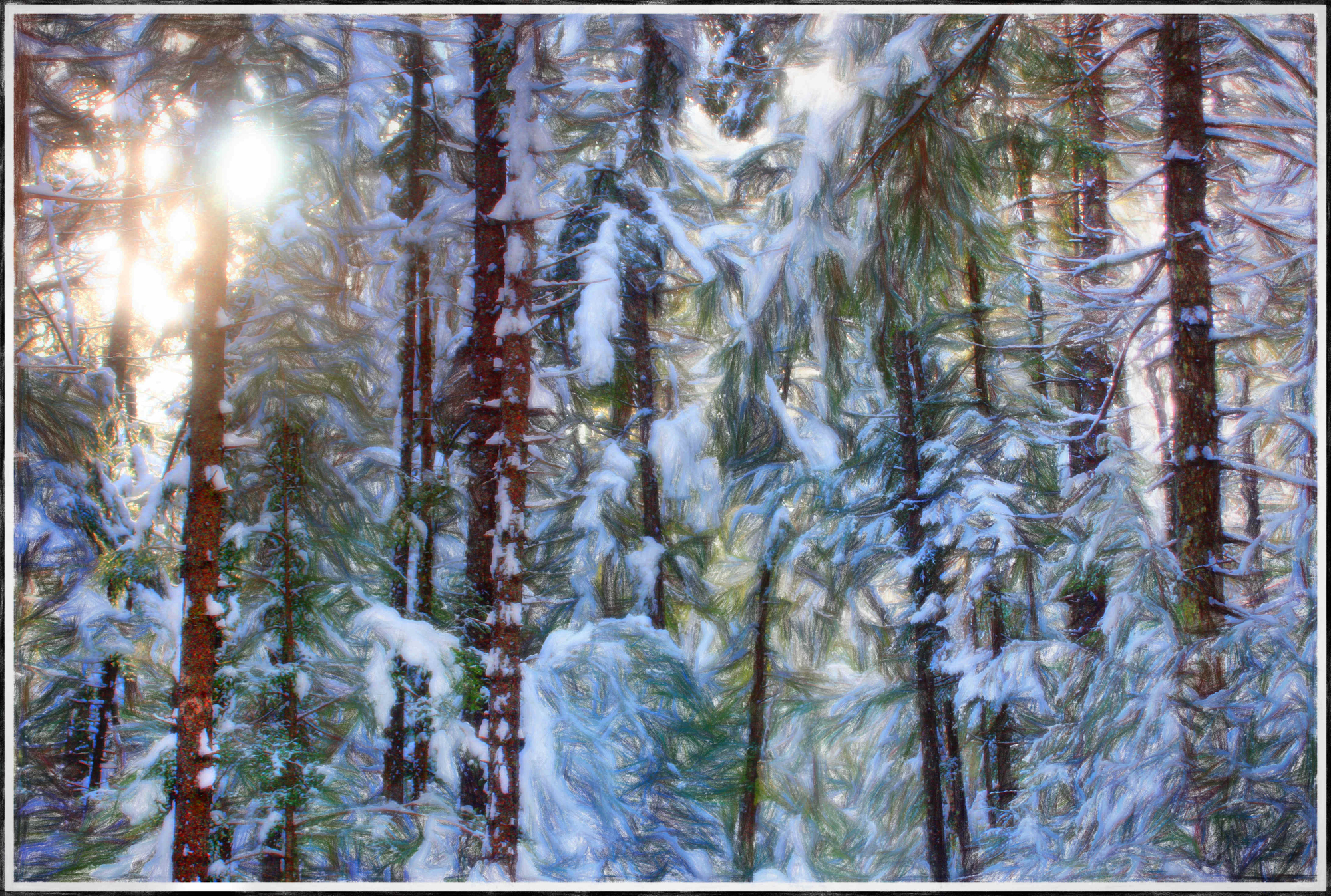 |
| NASA Photo |
Rockets carrying UNH technology examine electrons that create aurora
This NASA mission, called Aurora Current and Electrodynamics Structure II (ACES II)
Listen here:
Rockets carrying UNH technology examine electrons that create aurora
Dr Marc Lessard and both undergraduate and graduate students at UNH are at the cutting edge of pure science in the Atmospheric weather realm and the understanding of how earth's magnetic fields impact the atmosphere and specifically the Aurora Borealis. Marc began his professional life at the Portsmouth Naval Shipyard but longed for a greater challenge. That desire brought him back to school at UNH to get his PhD in physics and to work as a student at the then-newly formed Institute for Earth Oceans and Space. Today he heads the very same program where he interned as a UNH student. It's been a long and circuitous journey for Dr. Lessard but it has brought him to the pinnacle of a career of which he can be justifiably proud. Yet the generosity of his praise for his students, for the brilliance and dedication of his colleagues and for the tremendous focus and professionalism of NASA occupy the majority of his attention.
Perhaps his long and circuitous journey prepared him far better as a leader than an easier path might have. Dr. Lessards manner and modesty put me in mind of a quote from a famed Chinese philosopher. Long before we were launching rockets into the skies the philosopher Lao-Tzu said this:
A leader is best
When people barely know
That he exists,
Less good when
They obey and acclaim him,
Worse when
They fear and despise him.
Fail to honor people
And they fail to honor you.
But of a good leader,
When his work is done,
His aim fulfilled,
they will all say,
'We did this ourselves.’
Show Notes: https://nhsecrets.blogspot.com/2023/01/ep-86.html
UNH News Release: Mar 7, 2022
On a recent night above the Arctic circle in Norway, two rockets carrying equipment designed and built by UNH students and researchers streaked across the sky, cutting through the vivid green aurora — more commonly known as the Northern Lights. These skyward sensations are created when charged particles, such as electrons, interact with other particles in Earth’s magnetic fields. But not all aurora are the same: Some are dim, others are pulsating, and the rest are tall, thin and dance through the night sky.
This NASA mission, called Aurora Current and Electrodynamics Structure II (ACES II), is focused on that last type, called arcs, which are narrow and tall, extending into the atmosphere a few hundred kilometers. Electrons in those arcs move in a continuous loop upward and downward in the ionosphere, a lower section of our atmosphere, to create these fantastic aerial views, but scientists don’t fully understand exactly how the electron currents close that loop; the electrons that move downward are easy to measure, but those coming back up are not, and the ionosphere itself may play a role in connecting them.
Two UNH undergrads, two graduate students and a few other scientific staff worked closely with Marc Lessard, UNH professor of physics in the Space Science Centerand the College of Engineering and Physical Sciences, to design and build four instruments — two for each rocket — that would measure the temperature of the electrons in the aurora and also measure the currents directly. The data gleaned from the two 10-minute rocket flights will reveal the role that the ionosphere plays in the dancing aurora arcs.
The ACES II mission is led by the University of Iowa, with other collaborators from the University of California, Berkeley, the Johns Hopkins University Applied Physics Laboratory and the University of Calgary.
Institute for the Study of Earth, Oceans, and Space (EOS)
INSTITUTE FOR THE STUDY OF EARTH, OCEANS, AND SPACE
At the Institute for the Study of Earth, Oceans, and Space (EOS), we bring together high-level research expertise on convergent topics.
We are UNH's largest research enterprise. Here you'll find opportunities to work alongside distinguished faculty on projects to explore and study the most important and inaccessible places on our planet, in our solar system, and in our universe. From the seafloor to the stars, we're studying truly fascinating subjects and making an impact worldwide.
Find out why we say that EOS is research excellence.
6,100 peer-reviewed journal articles published in EOS history
$60 million in grant funding awarded to EOS scientists annually
112 new research grants awarded to EOS scientists annually
ACES II Mission Will Investigate Earth’s Auroral Current
https://techfragments.com/aces-ii-auroral-current/
Pulsating aurora
Pulsating Auroras: Like an Outdoor Nightclub
By LAURA BRANDT, AURORASAURUS TEAM APRIL 8, 2022

This image of a colorful aurora was taken in Delta Junction, Alaska, on April 10, 2015. All auroras are created by energetic electrons, which rain down from Earth’s magnetic bubble and interact with particles in the upper atmosphere to create glowing lights that stretch across the sky. Credit: Image courtesy of Sebastian Saarloos
NASA’s citizen science projects are collaborations between scientists and interested members of the public. Through these collaborations, volunteers known as citizen scientists have helped make thousands of important scientific discoveries. Aurorasaurus is one such project that tracks auroras around the world in real time via reports on its website and on Twitter.
Aurorasaurus often partners with other organizations to complement science with citizen science and recently Aurorasauraus partnered with NASA’s Loss through Auroral Microburst Pulsations (LAMP) mission. Early on the morning of Saturday, March 5, 2022, the LAMP mission successfully took flight, flying straight into a pulsating aurora.
Launching to Study Pulsating Aurora
The LAMP mission, short for Loss through Auroral Microburst Pulsations, launched on Saturday, Marc 5, 2022, aboard a Black Brant IX suborbital sounding rocket. The mission will study an often overlooked kind of aurora, called a pulsating aurora, and test a theory on what causes them.
Like all aurora, a pulsating aurora is set alight by electrons (and occasionally protons) from near-Earth space. These electrons plunge into our atmosphere and collide with atoms and molecules, causing them to glow in their distinctive colors – red and green by oxygen, blue by nitrogen – as they release their excess energy.
Image Credit: NASA
Last Updated: Mar 7, 2022
Editor: Yvette Smith
SpaceX loses 40 of 49 Starlink satellites due to geomagnetic storm
SpaceX launched 49 Starlink low-orbit satellites on February 3 from the Kennedy Space Center in Florida. Forty of these satellites, located 130 miles above Earth, were rendered inoperable by a storm triggered by a solar flare, per Bloomberg.
- SpaceX said the geomagnetic storm, which is a major disturbance of the Earth’s magnetosphere triggered by solar winds, increased the temperature and density of the atmosphere, heightening the drag of objects moving through it.
- The satellites have re-entered Earth’s atmosphere and are designed to burn up before reaching solid ground. The loss is expected to be $100 million, “if you include the cost of the launch,” said Dr. Hugh Lewis, a space debris expert from the University of Southampton in England.
- The 130-mile altitude for Starlink satellites was chosen to avoid a potential collision with other satellites.
- Starlink has 1,915 satellites in orbit. The largest by far of any satellite internet provider.
NASA, EOS, Institute for Earth Oceans and Space, UNH, University of New Hampshire, Marc Lessard,
Images by Wayne D. King









No comments:
Post a Comment